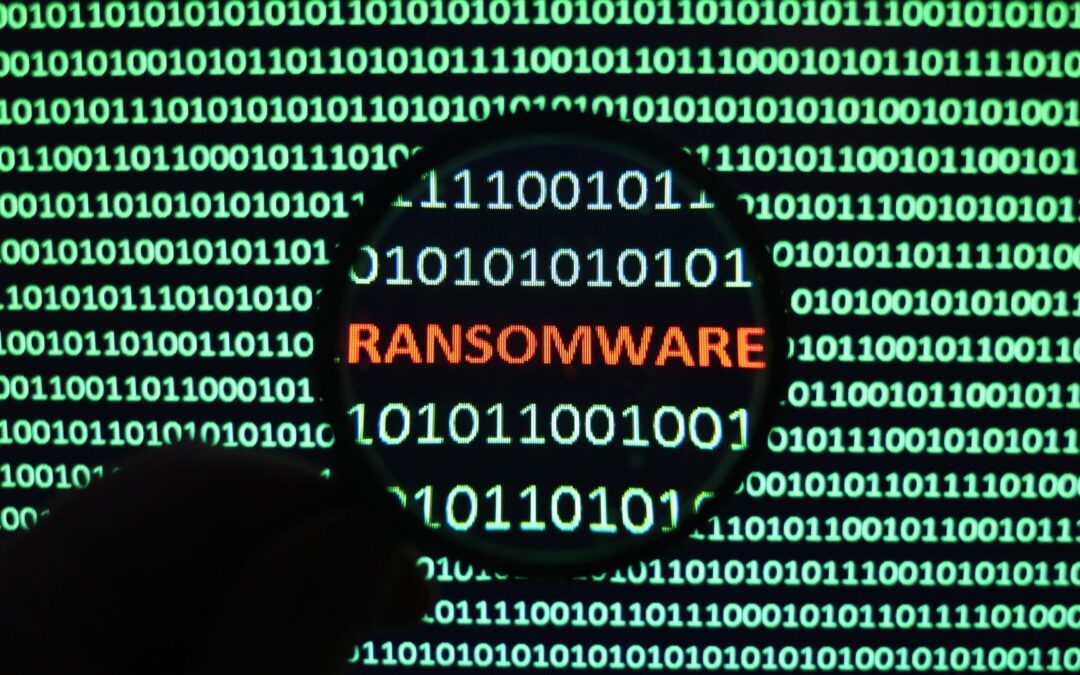In the contemporary era of digital advancements, the landscape of potential threats has undergone transformations, with ransomware emerging as a particularly formidable cyber menace. This malicious software poses a substantial risk to individuals, businesses, and governmental bodies alike. This blog post aims to explore the nature of ransomware, its operational mechanisms, and essential guidelines for safeguarding both personal and organisational security.
What is Ransomware?
Ransomware constitutes a category of harmful software crafted with the intent of restricting entry to a computer system or its files until a specified sum of money, known as “ransom,” is remitted. This form of extortion involves cybercriminals encrypting the target’s data, rendering it inaccessible. Subsequently, they demand payment, typically in cryptocurrency, in exchange for providing the decryption key.
How does Ransomware work?
1. Intrusion:
Ransomware commonly enters systems via phishing emails, malicious attachments, or compromised websites. Once infiltrated, it has the ability to swiftly propagate throughout a network, encrypting files in its path.
2. Encryption:
Upon entry, the ransomware employs a robust encryption algorithm to encrypt files, making them indecipherable without the corresponding decryption key. This operation transpires discreetly and rapidly, frequently taking victims by surprise.
3. Ransom Note:
Subsequent to the encryption process, a ransom message appears, stipulating payment in exchange for the decryption key. This note typically provides guidance on the payment procedure, sets a deadline, and issues warnings of irreversible data loss should the payment not be fulfilled.
4. Payment:
Perpetrators of cybercrime commonly insist on receiving payments in cryptocurrencies such as Bitcoin, introducing a layer of complexity that hinders traceability. Victims frequently face pressure to promptly settle the ransom to swiftly regain access to their files.
Protecting Against Ransomware:
1. Implement comprehensive Backup and Disaster Recovery Solutions:
Consistently create backups of crucial files on an external device or a secure cloud service. This precautionary measure guarantees that in the event of a ransomware incident, you can recover your data without yielding to extortion.
2. Regular patching of devices and software:
Maintain the currency of your operating system and all software. Consistent updates commonly incorporate security patches, fortifying your system against recognised vulnerabilities.
3. Educate and Train Users:
Educate employees or individuals to identify phishing attempts and adopt secure online practices. Awareness serves as a potent defence against numerous ransomware attacks. There are also automated tools that can provide ongoing training to users around topics like email phishing attacks.
4. Utilise Antivirus and Anti-Malware Software:
Deploy trustworthy antivirus and anti-malware software to identify and eliminate malicious programs before they can cause harm to your system.
Ransomware presents a widespread and constantly changing threat, yet comprehending its workings and implementing proactive cybersecurity measures can substantially diminish the risk of succumbing to such attacks. By staying abreast of developments and embracing a multi-layered security strategy, both individuals and organisations can reinforce their defences against this escalating menace in the digital realm. For more information, get in touch with our team.

